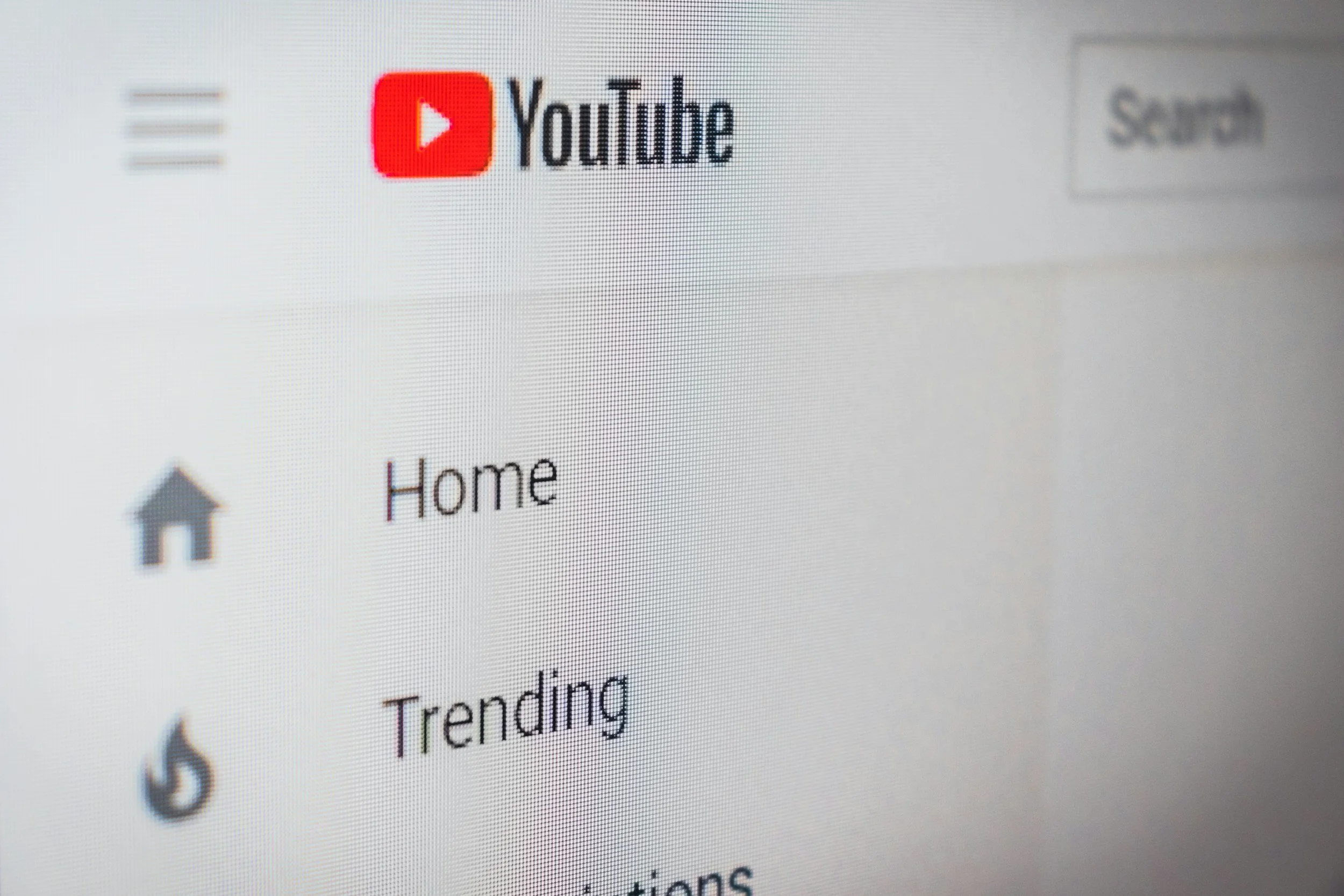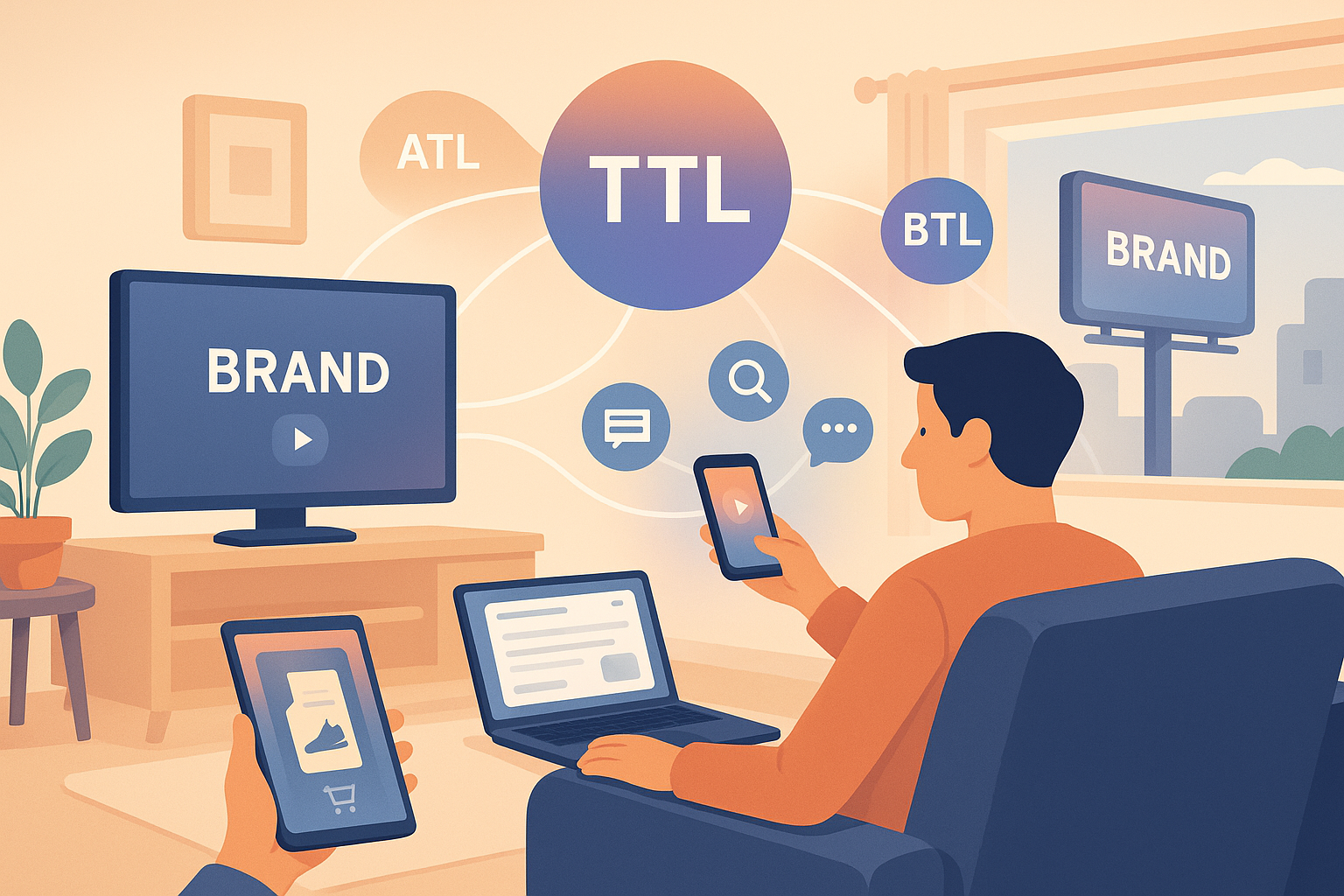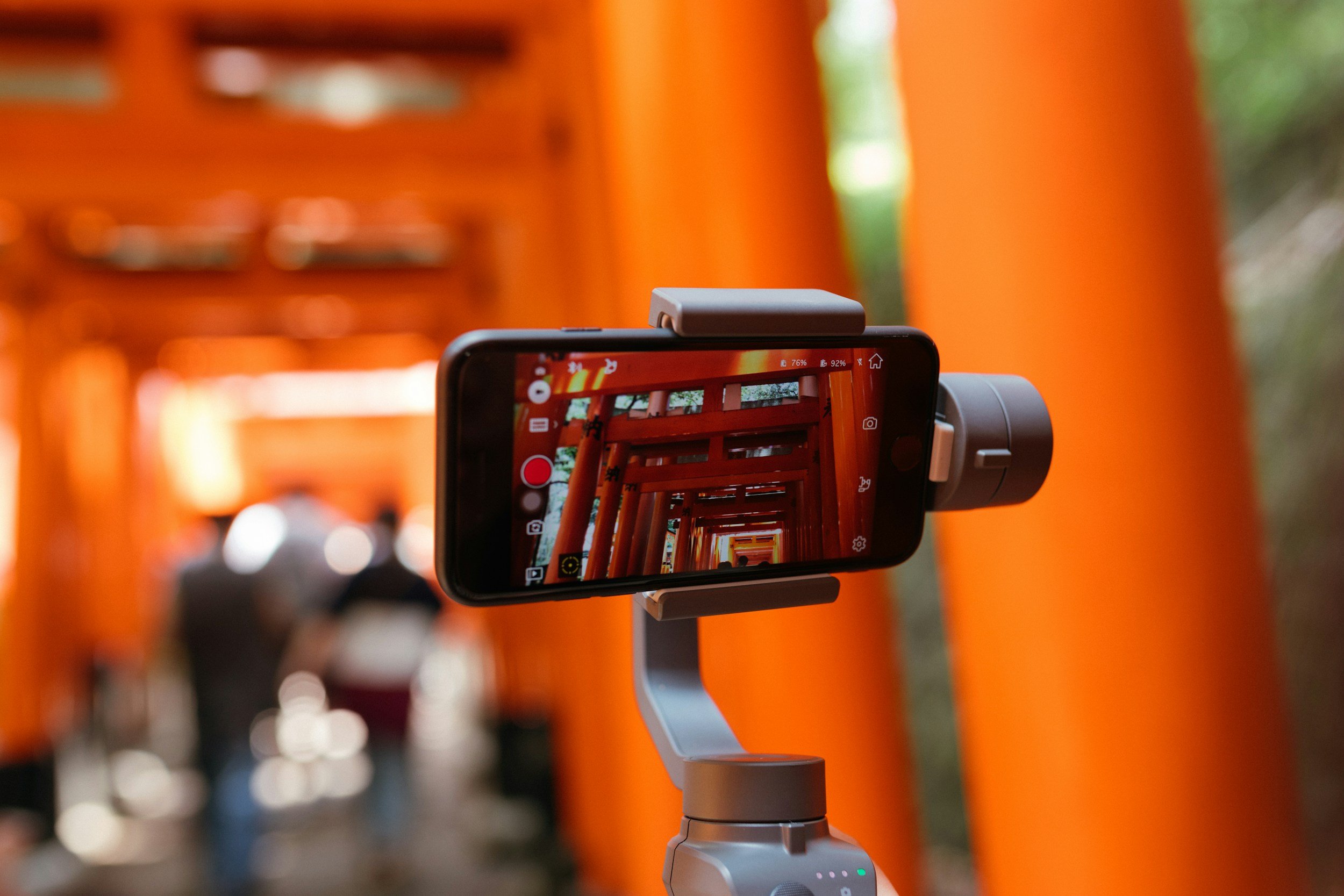What is programmatic out-of-home advertising?
Key Takeaways
Automated and data-driven – Programmatic OOH replaces manual buying with DSPs, SSPs and exchanges, enabling advertisers to buy and optimise placements in real time.
Flexible and targeted – It lets brands activate ads when and where audiences are most receptive, using data such as location, demographics, behaviour and even context like weather or time of day.
Measurable and effective – With Route data, impression multipliers and third-party insights, programmatic OOH provides transparency and accountability, driving stronger recall, intent and ROI than static OOH.
Programmatic out-of-home advertising is a rapidly growing method of advertising that is becoming a crucial tool for multi-channel marketers.
With digital programmatic out-of-home (pDOOH) expenditure expected to increase to over 168 billion US dollars in 2024 (1) and the developing complexity of the advertising landscape, it’s evident that programmatic OOH is quickly becoming an integral part of advertising and marketing strategies.
But what is it and how does it work? This article will tell you everything you need to know.
What Is Programmatic Out-of-Home Advertising?
Programmatic out-of-home advertising is the automated process of buying and selling out-of-home ad placements using technology or software, as opposed to manual methods. Simply put, it’s buying and selling ads with programs instead of handshakes or emails.
The term ‘programmatic out-of-home advertising’ refers to the broader category that encompasses all forms of out-of-home advertising, including traditional static billboards, transport advertising and digital billboards. However, it predominantly involves digital out-of-home.
While the execution of programmatic OOH advertising involves online platforms and software, the display of the advertisements occurs in the offline world, reaching audiences in physical locations. It involves the use of technology and data to automate and optimise this process for enhanced targeting and efficiency whereby advertisers can effectively target specific locations where an audience moves throughout their day to build a targeted and engaging journey for them.
Digital Out-of-Home 6-Sheet Screen controlled programmatically.
How Does Programmatic Out-Of-Home Advertising Work?
Typically there is a two-sided ecosystem to programmatic out-of-home advertising.
Think of it like an open auction. There is a supply-side platform (SSP) which is used by publishers and media owners to sell ad space to advertisers connected to a demand-side platform (DSP), which is used by advertisers to buy from publishers and media owners.
A DSP is software used to buy ads and ad impressions automatically from ad exchanges. The ad exchange is where publishers can sell their ad inventory to advertisers and buyers. For example, Google AdX.
An SSP is a programmatic software that enables publishers to sell ad inventory across different ad exchanges. Making their ad inventory massively available, helps publishers maximise ad revenue.
Programmatic OOH advertising allows advertisers to stay flexible and allocate spend to reach and target mass audiences efficiently. By understanding where audiences will be and their behaviour, advertisers can activate digital OOH advertisements as and when their audience is likely to be there.
Types of Programmatic Advertising
Programmatic advertising can be categorised into online and out-of-home. Overall, they’re quite similar, in the sense that advertisers are automatically buying ad placements and publishers sell those ad placements.
There are, however, 2 key differences:
One-to-one vs. One-to-many: in online advertising, when you see an ad, it’s as if the advertiser is speaking directly to you. It’s personalised to your online activity. In OOH, the ad speaks to a variety of people at once and many people see the same ad simultaneously. For example, an out-of-home ad placed at the 02 Arena in London could be seen by around 20,000 simultaneously.
Context of Consumption: Online advertising is online whereas out-of-home ads are in the physical world. How we interact with them is also different. Online ads are on your phone or a personal computer and provide a more private online experience whereas OOH is on a billboard or bus stop where many people see the same ad at once. This means the frequency at which an ad is shown typically depends on the location for programmatic OOH compared to how many times you want to show an ad to an individual in online advertising.
Measuring the Impact of programmatic OOH
Audiences for programmatic OOH advertising are calculated using Route’s bespoke research, providing a nationally representative sample with GPS devices and analysing their movements over a 2-week period. Furthermore, the volumes are augmented using results from eye-tracking studies which determine the proportion of those passing a frame to view it. (2)
Programmatic out-of-home advertising is a one-to-many medium meaning that a single ad play reaches multiple people and therefore delivers multiple advertising impressions. This means that the audience delivery on a single ad play can vary depending on screen, location and time. Different screens, in different locations, played at different times will inevitably have varying impacts. When buying a campaign, the use of an impression multiplier aids in quantifying the total impressions for a campaign.
Why Choose Programmatic Out-of-Home Advertising?
An effective OOH campaign is one with enough frequency cross-format that captures the attention of consumers, commuters and more in their very own different moments and locations that they go through daily. Programmatic out-of-home advertising helps facilitate this to create a targeted and optimised approach to media campaigns.
Evidence shows that DOOH can drive greater audience intent, with the medium encouraging 66% more people to search online and 50% more people to make online purchases (4). Programmatic out-of-home advertising leverages data and technology to dynamically optimise ad placements, ensuring messaging is relevant to create a more personalised experience which can lead to increased brand consideration and drive intent.
Programmatic out-of-home advertising continues to revolutionise traditional OOH strategies by introducing data-driven and automated approaches to campaign management.
It has the ability to build persona-based audiences based on certain characteristics or behaviours and use data collected directly from consumers to target audiences in the real world. The characteristics include demographics, interests or patterns of behaviour which allows advertisers to build accurate audience profiles.
Programmatic OOH can use data collected from third parties to target and measure the impact of your campaign. On top of this, data can be used to effectively optimise in real-time, a stark contrast to traditional OOH advertising where efforts are often optimised after campaigns are established and finished.
In summary, programmatic out-of-home advertising offers real-time optimisation, accurate targeting and increased personalisation which can ultimately drive audience intent and increase return on investment. Data used is directly from consumers or third-party entities which helps OOH advertising efforts become more streamlined and relevant. This data-driven approach also provides advertisers with detailed performance metrics, such as audience engagement data, and other key indicators to assess the effectiveness of their campaigns.
Data trends suggest that the popularity of DOOH is surging in the UK, with programmatic DOOH advertising spending expected to increase by almost a third (31%) over the next 18 months. (5) Evidence also suggests that advertisers are moving budgets from other channels to concentrate on programmatic out-of-home advertising indicating a growing preference for this advertising method. If you’re interested in finding out more about programmatic out-of-home advertising, get in touch to talk to one of our programmatic ad specialists today.
FAQs
What is programmatic out-of-home?
Put simply, programmatic out-of-home is the automated buying and selling of ad placements, outside of the home.
What does out of home mean in advertising?
Out-of-home advertising (OOH) is the name given to advertising that is placed outside of the home. This can include billboard ads, bus stop ads, transit ads and more.
What is an example of a digital out-of-home ad?
An example of a digital out-of-home ad would be those giant digital billboards you see in iconic locations like Piccadilly Circus in London, or Times Square in New York. They typically use technology to deliver dynamic and engaging advertising content.
References
https://www.statista.com/statistics/278727/programmatic-display-ad-spend-in-the-us/
https://www.jcdecaux.co.uk/route
https://econsultancy.com/digital-out-of-home-advertising-omnichannel/
https://www.marketing-beat.co.uk/2023/09/12/uk-programmatic-dooh-spend/
If you want to learn more about Programmatic Out-of-Home Advertising, reach out to us today.












